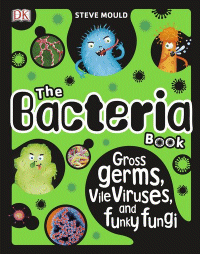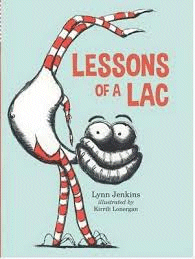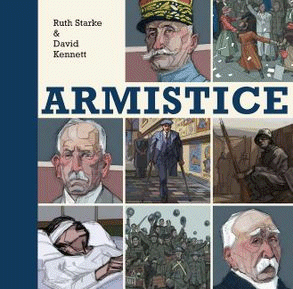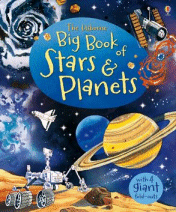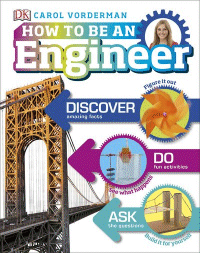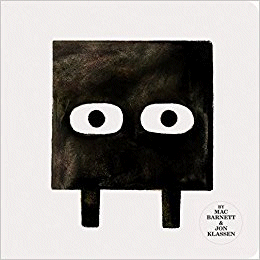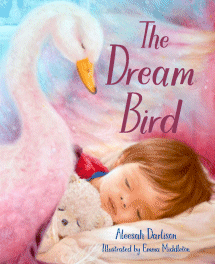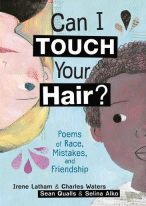
Can I Touch Your Hair?
Mrs Vandenberg sets her 5th grade class a poetry project and then says, “Pick a partner.” Within seconds the only one left for Irene is you-never-know-what-he-is-going-to-say Charles and for Charles it’s hardly-says-anything Irene. But that’s not the main difference they see – Charles is black and Irene is white. Nevertheless, an assignment is an assignment and with no boundaries they select everyday topics like buying shoes, their hair, going to church and the beach to write about, each using blank verse to describe their experiences. For Irene who is painfully shy and likes her “stringy, dishwater, blonde” hair because it’s a curtain she can hide behind, her first poems focus on how she would like to be like the popular girls in class. “I’d rather be sun-burned than sugar-sand white.” For Charles, for whom words fly off the page and out of his mouth, they’re about how he too, would like to fit in better but is shunned because of the colour of his skin and the confusion that that sets up inside him.
But as they write and share their poems, the topics getting more personal and revealing, gradually a greater understanding grows and they realise they have many more similarities than differences, seeing each other as individuals, and that they are both so much more than black and white. However, the poems don’t just explore their growing connections – they also explore their personal conundrums. Charles watches the news and sees people walking by as black people are being “choked, pummelled, shot, killed by police officers” and yet he has a special friendship with local (white) Officer Brassard; Irene is shunned by Shonda in the playground but when Shonda presents her family tree draped in chains, Irene feels the need to say, “Sorry”.
Subtitled, Poems of Race, Mistakes and Friendship, this book grew from a friendship that began as an email but evolved from all that had gone before in the authors; and illustrators’ lives to shape them into their current personalities. Imagining what it would be like if they had met in a modern-day 5th grade class, rather than a book of unrelated poems this one tells the story of an evolving friendship between two people with seemingly distinct lives, diverse experiences and different perceptions using the format of the poem to be the voice of each, and each shedding light on innermost thoughts that illuminate a path that few get to tread.
Unlike other books with “we’re-all-the-same-on-the-inside” messages, this one tackles the issue of race head on so that conversations can be started and differences can be explored rather than ignored. Because even though we may be the same on the inside, all that has gone before us even before we are born has gone into the making of who we are now, and while that makes us unique individuals regardless of skin colour, it is that skin colour that can be the greatest division as first impressions are so deeply shaped by existing attitudes, perceptions and preconceptions. Charles was picked first for the basketball team simply because of his skin colour and lanky legs, but things changed when he muffed an easy shot.
This is a complex book with so many layers that it risks being left unopened on the shelf if it is not shared with the child by an astute adult, either parent or teacher, who can begin and sensitively guide the conversations. Cultural differences – racial, religious, sexual, lingual, socio-economic – are a big issue in our schoolyards as the focus on bullying demonstrates, so something new that approaches the issues in a radical way can be a catalyst for change. What is we were all Mrs Vandenbergs and set our students a similar challenge, instead of the one-size-fits-all novel study, and insisted that students work with someone they have never worked with before?
Extraordinary.
If you are in an Australian school and would like my review copy of this book to use with your students, be the first to contact me and ask for it. Please include your name and postal address.

